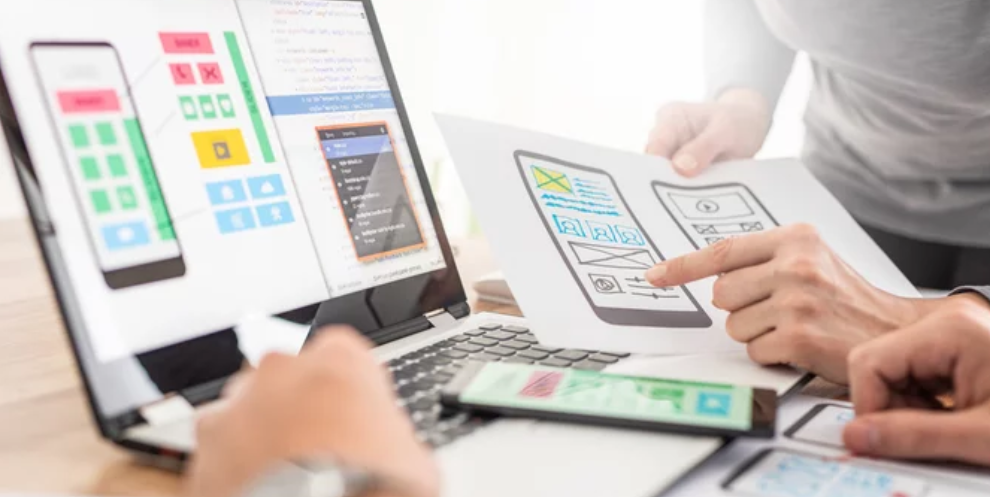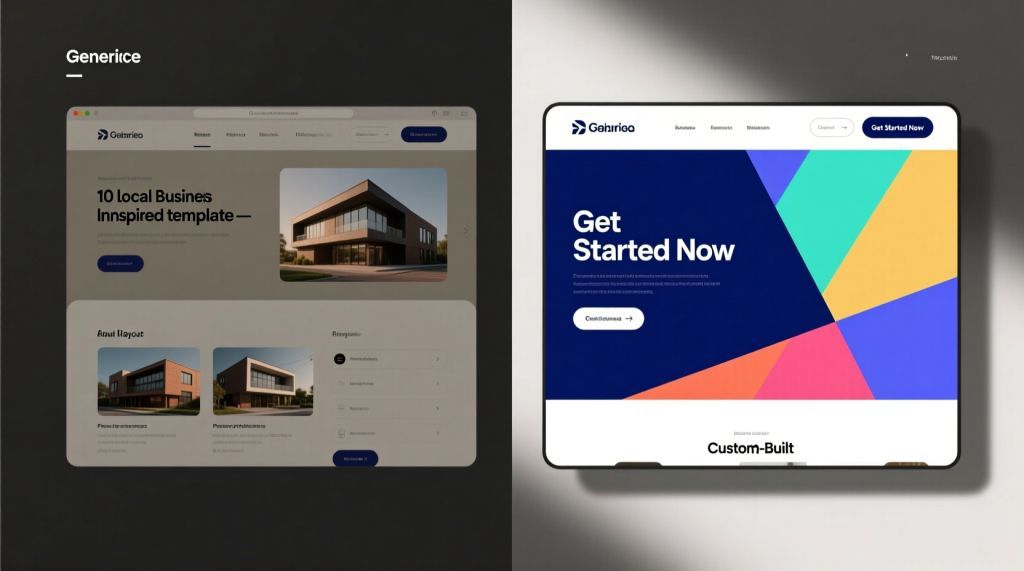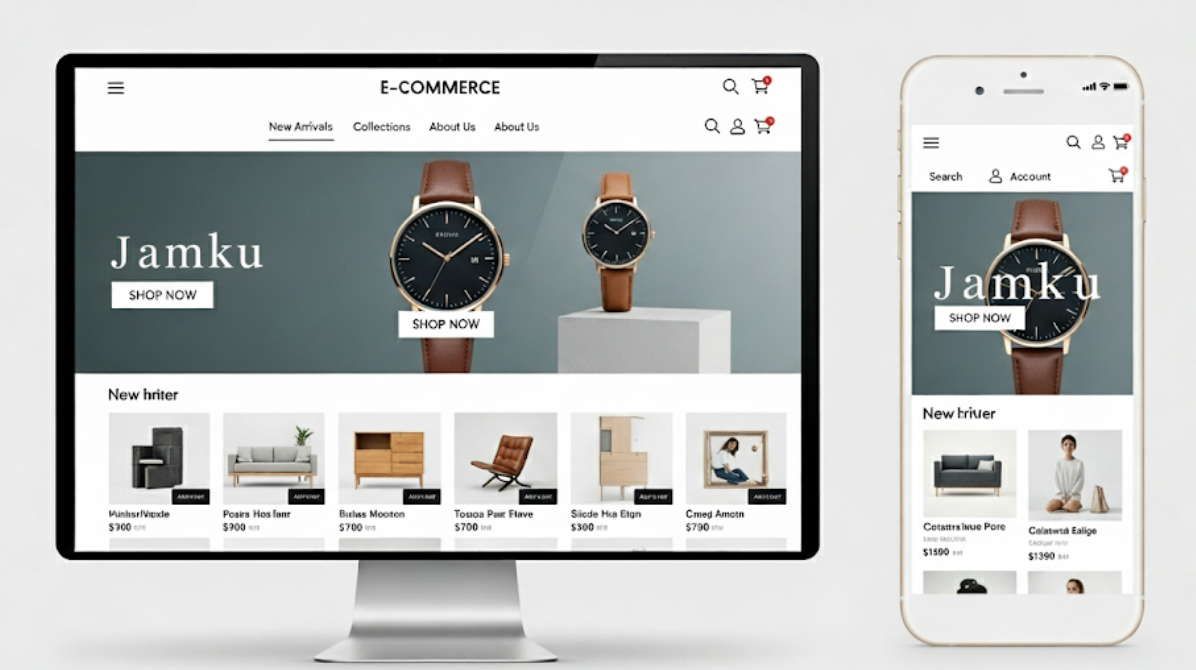An online store is more than a product catalog—it’s a platform that influences customer decisions. In a competitive digital landscape, a slow or confusing site can drive shoppers away instantly. Strategic design removes friction, builds trust, and guides visitors toward a purchase.
Whether you’re launching a new store or enhancing an existing one, these five design features are critical for boosting sales.
1. Seamless, User-Centric Navigation
Navigation is the foundation of any ecommerce site. If customers can’t find what they need quickly, they’ll leave for a competitor’s store.
Imagine a physical shop with clear signage and logically arranged sections. Online, categories should reflect how customers shop, not just internal business structures. A search bar must deliver accurate, relevant results—not vague pages or errors.
Overloaded menus are a common mistake. A dropdown packed with options overwhelms users. Instead, use broad categories with filters to simplify browsing.
A website designer often focuses on crafting a smooth user journey, ensuring shoppers move effortlessly from homepage to checkout. Clear navigation keeps customers engaged and increases the likelihood of a sale.
2. Mobile-Friendly Layout
Mobile devices now drive the majority of ecommerce traffic. A site that’s not optimized for phones is missing out on a huge portion of potential sales.
Responsive design—where the site adapts to any screen size—is the starting point. But mobile users expect more: buttons that are easy to tap, text that’s readable without zooming, and forms that are quick to complete.
Checkout is a critical mobile hurdle. Entering details on a small screen is frustrating, so features like autofill, saved addresses, or digital wallets like PayPal streamline the process. A website designer can test across devices to ensure the mobile experience is intuitive and frustration-free.
If your mobile site feels cumbersome, customers will abandon their carts and shop elsewhere.
3. High-Impact Visuals

Since online shoppers can’t touch or try products, visuals are their primary way to assess quality. Low-quality images make products seem unappealing, while vibrant, clear visuals boost their value.
Each product needs multiple high-resolution photos—different angles, close-ups, and lifestyle shots, like a pair of shoes in a real-world setting. These help customers visualize owning the item.
Videos are even more powerful. A short clip showing a product’s features or clothing in motion answers questions and reduces hesitation, leading to fewer returns and more confident purchases.
Investing in visuals often yields better results than expanding inventory. A website designer can create layouts that highlight these assets, but the quality of the images and videos is paramount.
4. Efficient, Secure Checkout
Cart abandonment is a persistent ecommerce challenge. Many shoppers add items but leave if the checkout feels too complex or unsafe.
A great checkout is simple and efficient. Always offer guest checkout—forcing account creation drives users away. Keep form fields minimal: name, address, payment info. Optional fields can come later.
Progress indicators, like “step 1 of 3,” reassure users by showing their progress. Transparency about shipping or tax costs prevents surprises that derail sales.
Security is non-negotiable. Visible SSL certificates, trusted payment logos, and secure badges reassure customers. A website designer ensures these elements are integrated while maintaining robust data protection, making checkout feel reliable.
5. Trust-Building Elements
Trust is the cornerstone of ecommerce success. Without it, even the best products and designs won’t convert.
Shoppers need confidence they’re dealing with a legitimate business. Reviews and ratings provide social proof. A clear return policy lowers purchase risks. Accessible contact details—email, phone, or address—show there’s a real team behind the site.
Third-party badges, like those from payment processors or security firms, add credibility. These subtle cues signal that transactions are protected.
Design itself signals trust. A cluttered or outdated site feels unreliable, while a polished look builds confidence. A website designer can craft a clean, professional aesthetic that reassures visitors from the first click.
Tying It All Together
These five features—navigation, mobile design, visuals, checkout, and trust signals—create a cohesive shopping experience. Each addresses a specific barrier, guiding customers toward a purchase with ease.
Store owners often miss issues that frustrate first-time visitors. Testing the site as a customer or consulting a website designer Singapore can uncover fixes, like simplifying navigation or streamlining checkout, that boost conversions significantly.
Ultimately, ecommerce design is about clarity, ease, and trust. Master these elements, and your store will give customers every reason to buy—and no reason to leave.





